For the past 15 years, I’ve been immersed in the world of polymers, working alongside manufacturers, designers, and engineers to bring products to life using Thermoplastic Rubber (TPR). This versatile material, with its unique blend of rubbery flexibility and plastic-like processability, has become a go-to choice across industries. From the soles of your favorite sneakers to the grips on your toothbrush, TPR is everywhere, quietly shaping the products we use daily. But what exactly is TPR used for, and why is it so popular? Drawing from my hands-on experience in factories and product development, I’ll walk you through the wide-ranging applications of TPR, its benefits, and how it’s transforming industries. Whether you’re a manufacturer, a designer, or just curious about this material, my goal is to give you a clear, practical understanding of what makes TPR so special.
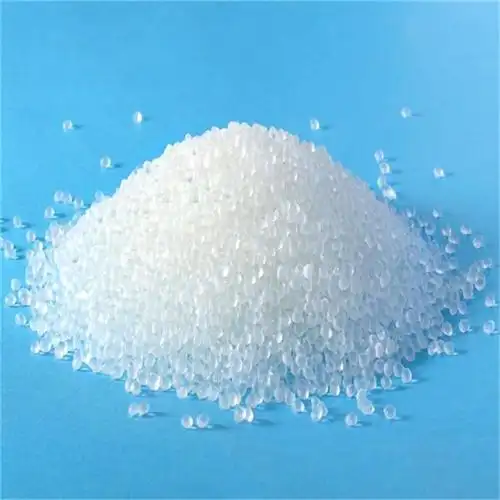
What Is TPR Elastomer Material?
TPR, or Thermoplastic Rubber, is a type of thermoplastic elastomer (TPE) that combines the elasticity of rubber with the moldability of plastics. Typically based on SBS (styrene-butadiene-styrene) or SEBS (styrene-ethylene-butylene-styrene), TPR is blended with oils, fillers, and additives like UV stabilizers or antioxidants to enhance its properties. Unlike traditional thermoset rubbers, which are permanently set after curing, TPR can be melted and reshaped, making it recyclable and cost-effective for manufacturing.
I first encountered TPR while working with a footwear company struggling to balance cost and durability in their shoe soles. They switched to TPR, and the results were night-and-day: lighter soles, better flexibility, and lower production costs. That experience showed me TPR’s potential to solve real-world problems across industries, and since then, I’ve seen it pop up in countless applications. Let’s dive into where TPR shines and why it’s so widely used.
Key Applications of TPR Elastomer Material
TPR’s versatility comes from its ability to be molded into soft, flexible, or rigid forms, depending on the formulation. Here are the main industries and applications where TPR is a star player.
Footwear Industry: Shoe Soles and More
The footwear industry is one of TPR’s biggest markets. TPR shoe soles are a staple in sneakers, casual shoes, work boots, and kids’ footwear due to their lightweight, flexible, and slip-resistant properties. TPR soles provide decent shock absorption and can be molded into intricate tread patterns for better traction. They’re also more affordable than vulcanized rubber or polyurethane (PU), making them ideal for mass-produced shoes.
I once worked with a sneaker brand that switched from EVA to TPR soles for their budget line. The TPR soles lasted 1-2 years under daily use, compared to 6-12 months for EVA, and the cost savings allowed them to lower prices without sacrificing quality. TPR is also used for shoe uppers, heel inserts, and decorative elements, especially in flexible or stretchy designs like slip-on shoes.
Automotive Industry: Gaskets, Seals, and Grips
In the automotive sector, TPR is prized for its durability, weather resistance, and vibration damping. It’s commonly used for gaskets, seals, weatherstripping, and interior grips (e.g., steering wheel covers or gear shift knobs). TPR’s ability to withstand temperature fluctuations (from -40°C to 100°C in SEBS-based formulations) makes it ideal for under-hood components and exterior parts.
A client of mine, an automotive supplier, used TPR for door seals, replacing traditional rubber to reduce weight and improve recyclability. The TPR seals maintained their elasticity for 5-7 years, even in harsh climates, and cut production costs by 15%. TPR’s soft-touch feel also makes it popular for dashboard components and floor mats, enhancing driver comfort.
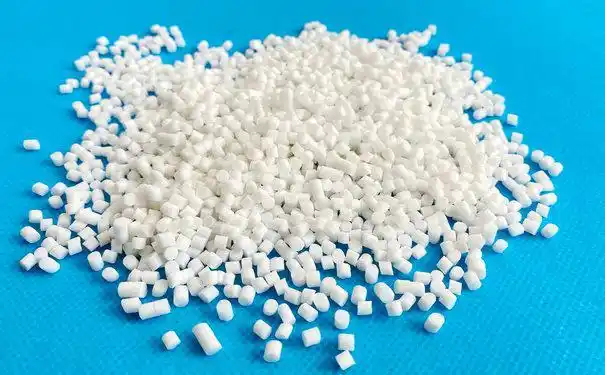
Consumer Goods: Grips, Handles, and Soft-Touch Products
TPR’s soft, grippy texture makes it a favorite for consumer goods like tool handles, toothbrush grips, and kitchen utensils. Its non-slip properties and ability to be molded into ergonomic shapes improve user experience. For example, TPR is used in pen grips, razor handles, and phone cases, where comfort and aesthetics are key.
I recall advising a kitchenware company that switched to TPR for their spatula handles. The material’s heat resistance (up to 120°C for SEBS-based TPR) and soft feel made the spatulas a hit with home cooks, and the vibrant colors added a premium look. TPR is also used in toys, like flexible action figures or squeeze balls, due to its flexibility and safety (non-toxic grades are available).
Medical Devices: Flexible and Safe Components
In the medical industry, TPR is valued for its biocompatibility, flexibility, and sterilizability. It’s used for catheter tubing, syringe grips, orthopedic braces, and prosthetic liners. Medical-grade TPR, often SEBS-based, meets strict regulatory standards (e.g., ISO 10993) and resists degradation from bodily fluids or sterilization processes.
I worked with a medical device manufacturer that used TPR for syringe plungers, replacing PVC to avoid phthalate concerns. The TPR plungers were soft yet durable, lasting through thousands of uses without cracking, and patients found them easier to handle. TPR’s ability to be molded into precise shapes also makes it ideal for custom medical components.
Industrial Applications: Seals, Hoses, and Vibration Dampers
TPR is widely used in industrial applications for seals, hoses, gaskets, and vibration dampers. Its chemical resistance (to oils, greases, and mild acids) and elasticity make it suitable for machinery components. For example, TPR is used in conveyor belts, pipe fittings, and shock-absorbing pads in heavy equipment.
A factory I consulted for used TPR in vibration dampers for industrial motors, reducing noise and wear compared to traditional rubber. The TPR dampers lasted 3-5 years in harsh conditions, and their recyclability saved on replacement costs. TPR’s ability to be overmolded onto metal or plastic parts also simplifies production.
Sports and Outdoor Equipment: Durable and Flexible Parts
In sports and outdoor equipment, TPR is used for grips, padding, and protective gear. Its weather resistance and shock absorption make it ideal for bike handlebar grips, golf club grips, and helmet linings. TPR’s lightweight nature also reduces fatigue in equipment like hiking poles or fishing rod handles.
I once helped a sports brand develop TPR grips for their tennis rackets. The material’s non-slip texture and durability (lasting 2-3 years of regular play) improved player performance, and the ability to mold TPR in vibrant colors boosted the brand’s appeal.

Benefits of Using TPR
TPR’s popularity stems from its unique properties:
Flexibility and Elasticity: Mimics rubber but can be molded into complex shapes.
Recyclability: Unlike thermoset rubbers, TPR can be melted and reprocessed, reducing waste.
Cost-Effectiveness: Cheaper than vulcanized rubber or PU, ideal for mass production.
Customizability: Available in various hardness levels (from Shore 20A to 90A) and colors.
Durability: Resists abrasion, weathering, and mild chemicals, lasting 1-5 years depending on use.
Safety: Non-toxic grades are available for medical and food-contact applications.
These benefits make TPR a versatile choice, but its specific uses depend on the formulation and processing techniques.
Table: TPR Applications Across Industries
|
Industry |
Applications |
Key Benefits |
Typical Lifespan |
|---|---|---|---|
|
Footwear |
Soles, uppers, inserts |
Lightweight, slip-resistant, affordable |
1-3 years |
|
Automotive |
Seals, gaskets, grips |
Weather-resistant, vibration damping |
3-7 years |
|
Consumer Goods |
Handles, grips, phone cases |
Soft-touch, durable, customizable |
1-5 years |
|
Medical Devices |
Tubing, grips, braces |
Biocompatible, sterilizable |
2-5 years |
Challenges and Limitations
While TPR is versatile, it has limitations:
UV and Heat Sensitivity: SBS-based TPR can yellow or degrade under prolonged UV exposure or high heat (above 120°C). SEBS-based TPR with UV stabilizers mitigates this but costs more.
Abrasion Resistance: TPR is less durable than vulcanized rubber for heavy-duty applications like industrial tires.
Adhesion Issues: TPR’s non-polar surface requires treatment agents (e.g., chlorinated primers) for strong bonding, as I’ve discussed in previous articles.
Environmental Impact: While recyclable, TPR is not biodegradable, so proper recycling is crucial.
I’ve seen manufacturers overcome these challenges by selecting the right TPR grade (e.g., SEBS for outdoor use) and optimizing processing conditions. For example, a client producing TPR phone cases added HALS stabilizers to prevent yellowing, extending the product’s aesthetic life to 3 years.
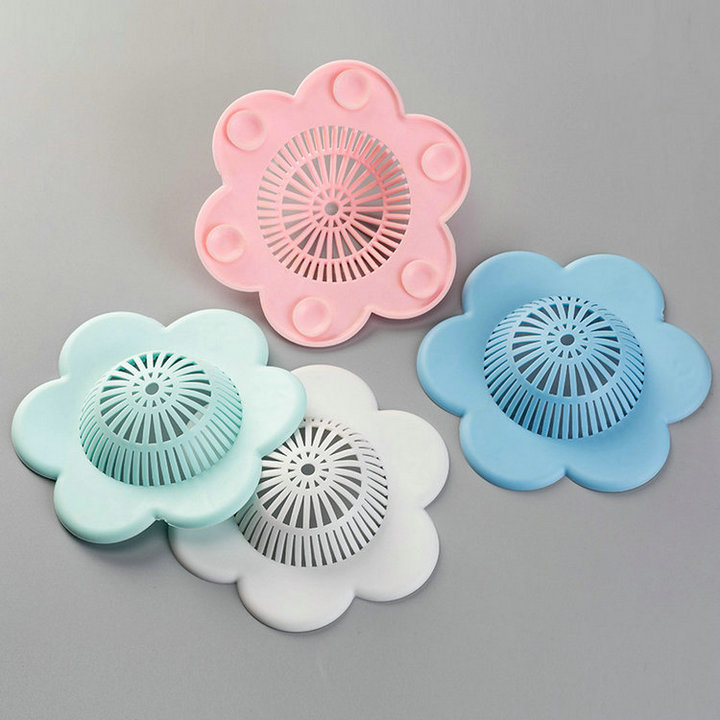
Real-World Examples
Here are some cases from my career that highlight TPR’s versatility:
Sneaker Soles: A footwear brand used TPR for budget sneakers, achieving a 2-year lifespan with good traction and comfort, cutting production costs by 20% compared to PU.
Automotive Seals: An auto supplier replaced rubber with TPR for door seals, improving recyclability and reducing weight by 10%, with seals lasting 5 years in harsh weather.
Toothbrush Grips: A consumer goods company used TPR for soft, colorful grips, enhancing user comfort and boosting sales due to the premium feel.
Medical Tubing: A medical device firm switched to SEBS-based TPR for catheter tubing, meeting ISO 10993 standards and lasting 3 years in clinical use.
Choosing the Right TPR for Your Application
To select the best TPR for your needs, consider these factors:
Hardness: Choose a Shore hardness (e.g., 20A for soft grips, 70A for rigid soles) based on flexibility needs. Check the TDS for details.
Environment: For outdoor use, opt for SEBS-based TPR with UV stabilizers. For indoor use, SBS-based TPR is often sufficient.
Processing: Ensure your equipment supports TPR’s melting range (160-180°C). Proper drying (2-4 hours at 70-80°C) prevents defects.
Safety: For medical or food-contact applications, use FDA-compliant or biocompatible TPR grades.
Cost: Balance performance with budget. SEBS is pricier but more durable; SBS is cheaper but less resistant to yellowing.
I always advise clients to test TPR samples in their specific application. A toy manufacturer I worked with tested three TPR grades before choosing an SEBS-based one for outdoor toys, ensuring 3 years of UV resistance.
Processing TPR Effectively
To maximize TPR’s performance, proper processing is key:
Drying: Dry TPR pellets for 2-4 hours at 70-80°C to remove moisture (below 0.05%), as discussed in my previous article.
Molding: Use injection molding, extrusion, or overmolding at 160-180°C to avoid degradation.
Surface Treatment: For bonding TPR to other materials, use treatment agents like chlorinated primers to enhance adhesion.
Quality Control: Test for tensile strength, elongation, and yellowing resistance to ensure the TPR meets your standards.
A factory I advised reduced defects by 30% by optimizing their TPR molding temperature and drying process, ensuring consistent quality across their shoe sole production.
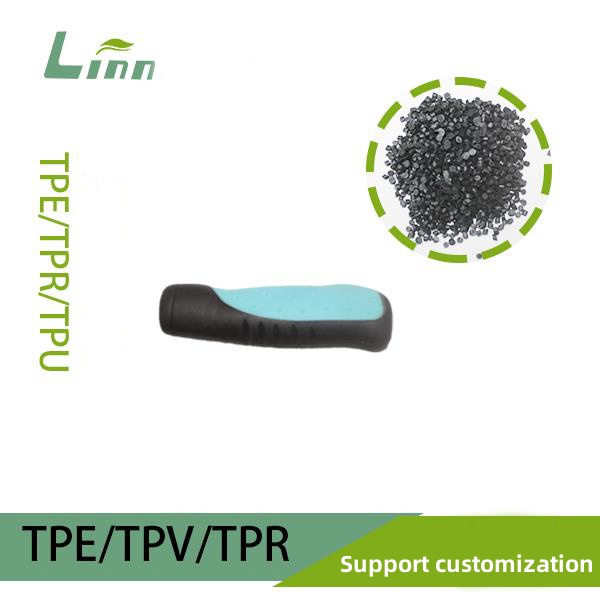
Environmental and Safety Considerations
TPR is recyclable, making it a sustainable choice compared to thermoset rubbers. However, it’s not biodegradable, so proper recycling is essential to minimize environmental impact. Some TPR grades contain phthalates, which raise health concerns in medical or food-contact applications. Always choose phthalate-free or biocompatible grades for sensitive uses.
During processing, ensure ventilation to avoid inhaling VOCs from TPR additives. Workers should wear gloves and masks when handling molten TPR to prevent burns or irritation. A factory I worked with installed fume extraction systems, improving worker safety and compliance with regulations.
My Take on TPR’s Versatility
After years of working with TPR, I’m continually impressed by its ability to adapt to diverse applications, from everyday sneakers to critical medical components. Its balance of flexibility, durability, and cost-effectiveness makes it a material that punches above its weight. By choosing the right TPR grade, optimizing processing, and considering environmental factors, you can unlock its full potential for your products. Whether you’re designing consumer goods, automotive parts, or medical devices, TPR offers a reliable, versatile solution that meets both practical and economic needs. The key is understanding your application and working with trusted suppliers to get the most out of this remarkable material.
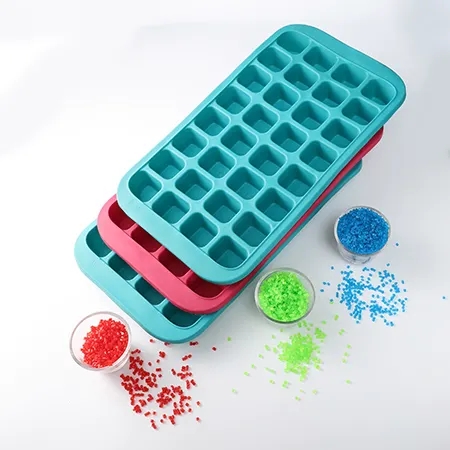
Related Questions and Answers
Q: Is TPR better than rubber for shoe soles?
A: TPR is lighter, cheaper, and recyclable compared to vulcanized rubber, but less durable for heavy-duty use. For casual shoes, TPR lasts 1-3 years; for industrial use, rubber may be better.
Q: Can TPR be used in food-contact applications?
A: Yes, with FDA-compliant, phthalate-free TPR grades. Check the TDS for compliance and test for safety in food-contact scenarios.
Q: How does TPR compare to TPU?
A: TPR is softer and cheaper but less abrasion-resistant than TPU. TPR is ideal for flexible, cost-sensitive applications; TPU suits high-performance needs like sports shoes.
Q: Is TPR environmentally friendly?
A: TPR is recyclable, reducing waste compared to thermoset rubbers, but it’s not biodegradable. Recycle TPR scraps through melt blending or reprocessing to minimize impact.
Q: How do I choose the right TPR for my product?
A: Consider hardness, UV resistance, and application environment. Test SEBS-based TPR for outdoor use and SBS for cost-sensitive indoor applications. Consult the supplier’s TDS.
By leveraging TPR’s strengths and tailoring its use to your specific needs, you can create durable, cost-effective, and user-friendly products that stand out in the market.





